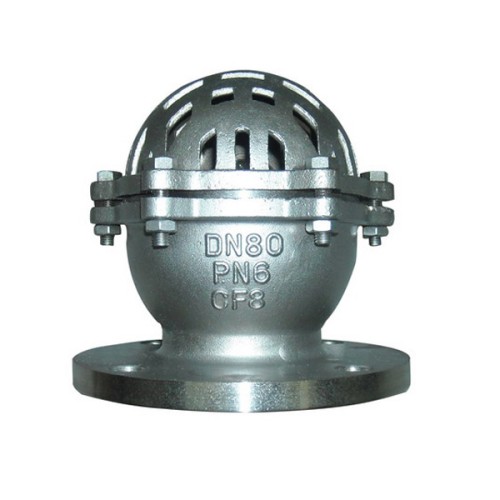foot valve fire pump
Understanding Foot Valves in Fire Pump Systems
In the realm of fire protection systems, the foot valve plays a crucial role, especially when it comes to maintaining the efficiency and reliability of fire pumps. This critical component not only aids in ensuring a steady supply of water but also works to prevent backflow, making it an essential part of fire protection standards. In this article, we will delve into the functionality, significance, types, and maintenance of foot valves in fire pump systems.
What is a Foot Valve?
A foot valve is a type of check valve that is installed at the bottom end of a suction pipe in a fire pump system. Its main function is to allow water to flow into the pump while preventing it from flowing back out when the pump is not operational. By maintaining a column of water in the suction line, the foot valve helps in priming the pump, which is critical for its efficient operation. Without a properly functioning foot valve, the pump may run dry, leading to cavitation, overheating, and potential damage.
The Importance of Foot Valves
Maintaining a reliable fire suppression system is of utmost importance, particularly in property protection and life safety. The foot valve contributes significantly to this reliability by
1. Ensuring Priming Foot valves help in maintaining a prime in the suction line. Pump priming is essential for achieving the required pressure and flow for effective firefighting.
2. Preventing Backflow By preventing backflow, foot valves avoid the risk of contamination in water sources, making them safer for use in firefighting efforts.
3. Promoting System Efficiency A foot valve ensures that the pump operates with maximum efficiency by maintaining a consistent water level in the suction line, thereby allowing quick responses during a fire emergency.
4. Reducing Wear and Tear By preventing dry running and ensuring proper water flow, foot valves reduce wear and tear on the pump components, which ultimately extends the lifespan of the fire pump.
Types of Foot Valves
Foot valves are available in different designs and materials to cater to various applications and requirements
. The two most common types arefoot valve fire pump

1. Swing Check Valves These are the simplest design, with a disc that swings on a hinge to allow water flow in one direction while blocking it in the reverse direction. They are typically used in lower-pressure applications.
2. Lift Check Valves These valves have a disc that lifts off its seat to permit water flow. They tend to perform better at higher pressures and are often used in larger, more complex fire pump systems.
Additionally, foot valves can be made of various materials, including brass, stainless steel, and plastic, depending on the system's requirements and the type of water being pumped.
Maintenance of Foot Valves
To ensure the reliability and functionality of foot valves, regular maintenance is essential. Here are some key maintenance tips
1. Routine Inspection Regularly check for leaks, wear, and any obstructions in the valve and suction line. Visual inspections can often reveal early signs of trouble.
2. Cleaning Periodically clean the foot valve to remove debris and sediment that could obstruct proper function.
3. Test for Functionality Conduct tests to ensure the foot valve opens and closes correctly. This can typically be done during the annual fire pump test.
4. Replacement If problems are detected that cannot be resolved through maintenance, consider replacing the foot valve to ensure continued reliability of the fire pump system.
Conclusion
In summary, foot valves are a vital component of fire pump systems, significantly enhancing their operational reliability and efficiency. By regulating water flow, preventing backflow, and contributing to the effective functioning of fire pumps, foot valves play an indispensable role in fire safety. With proper understanding, selection, and maintenance, these components can help ensure that fire suppression systems operate effectively when they are needed most. Therefore, investing time and resources in foot valve upkeep is not just a good practice but a necessary measure for any comprehensive fire protection strategy.
-
The Key to Fluid Control: Exploring the Advantages of Ball Valves in Industrial SystemsNewsJul.09,2025
-
The Versatile World of 1, 2, and 3 Piece Ball ValvesNewsJul.09,2025
-
Stainless Steel Ball Valves: The Ideal Choice for Efficient Flow ControlNewsJul.09,2025
-
Optimizing Fluid Control with Ball Float ValvesNewsJul.09,2025
-
Manual Gate Valves: Essential for Control and EfficiencyNewsJul.09,2025
-
Everything You Need to Know About Butterfly ValvesNewsJul.09,2025
-
The Versatility of Wafer Type Butterfly ValvesNewsJul.08,2025




